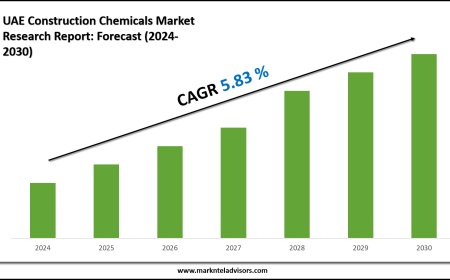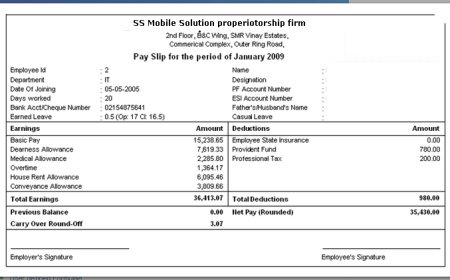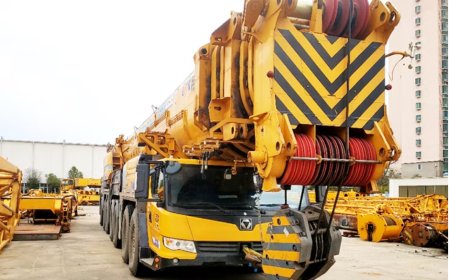Comprehensive Fire Risk Assessment in London: What You Need to Know
Please make sure compliance and safety with professional Fire Risk Assessments in London. Certified assessors, fast reports, and tailored solutions for homes and businesses.

If you own or manage a property in London, a fire risk assessment isnt just a legal formality; its an important step to keep everyone safe. Beyond just adhering, these assessments help spot hazards, reduce risks, and ensure your property meets safety standards. With Londons unique building styles and busy environments, understanding how to carry out practical fire risk assessments can save lives and protect your investment.
Why Fire Risk Assessments Matter in London
Fire safety might feel like a distant concern until an emergency happens. But fire risk assessments give you a clear picture of potential dangers in your property. They highlight problems like blocked escape routes, faulty wiring, or kitchen dangers before they turn into disasters.
In London, where many buildings are older and often multi-use, risks can be greater. Plus, fire safety laws like the Regulatory Reform (Fire Safety) Order 2005 make these assessments mandatory for all non-domestic properties. Failing to comply can lead to serious legal trouble, fines, and worse, the loss of lives or property.
Regular assessments also promote a culture of safety. When everyone, from business owners to tenants, is aware of fire risks and prevention methods, the whole community benefits. Modern technology, such as smart alarms and automated monitoring, can also be integrated during these reviews to boost safety.
Legal Requirements: What London Property Owners Should Know
The Regulatory Reform (Fire Safety) Order 2005 requires non-domestic properties to have a fire risk assessment done by a competent person. This means you need to identify fire hazards, evaluate risks to occupants, and take action to reduce those risks.
The law also says assessments should be reviewed regularly, especially after major changes like new tenants, renovations, or updates in fire safety regulations. Ignoring these requirements not only risks safety but also exposes you to fines or prosecution.
Local councils and fire authorities may have additional guidelines, so staying informed is key. Using a qualified fire risk assessor helps you navigate these rules and ensures your property remains compliant.
What Does a Fire Risk Assessment Involve?
A fire risk assessment is a step-by-step process aimed at spotting and controlling fire risks:
Property Inspection: Walk through the premises to spot anything that could start or fuel a fire.
Hazard Identification: Look for ignition sources (like faulty wiring), combustible materials (papers, furniture), and oxygen sources that feed fires.
Risk Evaluation: Consider how likely a fire might start and the possible consequences.
Control Measures: Develop plans to reduce or eliminate risks, like installing smoke alarms or clearing escape routes.
Documentation and Review: Record findings and recommendations, and schedule regular reassessments.
Common Fire Hazards in London Properties
Londons diverse property types come with unique fire risks. Older buildings often have outdated electrical systems, which are a common cause of the fire. Blocked or cluttered escape routes are another frequent hazard, especially in busy commercial spaces or shared residential buildings.
Kitchens remain a major source of fires due to unattended cooking or improper storage of flammable items. In multi-occupancy buildings, issues like fire doors being propped open or poor maintenance can increase risks.
New technologies, like smart devices, also change the fire safety landscape. While they offer innovative detection and monitoring, they must be properly integrated and maintained.
How Often Should You Do a Fire Risk Assessment?
The frequency depends on your propertys use and risk factors, but here are some guidelines:
Every year is a good rule for most commercial properties.
More frequent assessments might be needed for high-rise buildings or places with vulnerable occupants.
Always reassess after changes like new tenants, renovations, or regulatory updates.
If there has been a fire or near miss, carry out an immediate review.
Keeping assessments up to date ensures your fire safety measures stay effective.
Benefits of Regular Fire Risk Assessments for London Businesses
Beyond legal compliance, regular fire risk assessments offer several advantages for businesses:
Early hazard detection: Spot problems before they escalate.
Cost savings: Prevent expensive damage and reduce insurance premiums.
Employee confidence: Knowing their workplace is safe improves morale.
Enhanced reputation: A strong safety record attracts customers and partners.
Improved emergency readiness: Better plans and training prepare everyone to act fast.
By embracing fire safety as an ongoing priority, businesses create safer environments and protect their operations.
Choosing the Right Fire Risk Assessor in London
I think a qualified assessor is essential. Look for someone with recognised certifications, such as from the Institution of Fire Engineers or similar bodies. Experience matters, especially with your type of property, since risks vary between offices, shops, and residential buildings.
The best assessors stay up-to-date with changing fire laws and use modern technology to give accurate advice. They should explain their findings clearly and offer practical, cost-effective solutions.
Remember, the goal is more than compliance; its creating a safer place for everyone.
What Happens After the Fire Risk Assessment?
After the inspection, youll receive a detailed report highlighting any fire risks and recommendations. This report usually includes:
Areas needing urgent attention.
Suggestions for fire safety improvements like alarms, extinguishers, or fire-resistant materials.
An action plan prioritising what to tackle first.
Guidance on staff training or emergency procedures.
Many assessors offer follow-up support to help you implement changes and stay on track with reviews.
FAQs About Fire Risk Assessments in London
How much does a fire risk assessment cost?
Prices usually range between 200 and 1,500, depending on your propertys size and complexity.
Can I do my own fire risk assessment?
You can if you have enough knowledge, but professional assessors bring expertise and keep up with regulations and best practices.
Are there special fire rules in London?
Yes, apart from national laws, London has additional guidance, like that from the London Fire Brigade, focusing on urban-specific risks.
In Conclusion
Fire risk assessments in London are essential for protecting lives and property. They help you spot hazards, meet legal duties, and build a safer environment. Regular reviews, working with qualified assessors, and adopting modern safety measures all contribute to effective fire risk management.
By prioritising fire safety, youre not just complying with the law; youre investing in peace of mind and the resilience of your property and community.





























